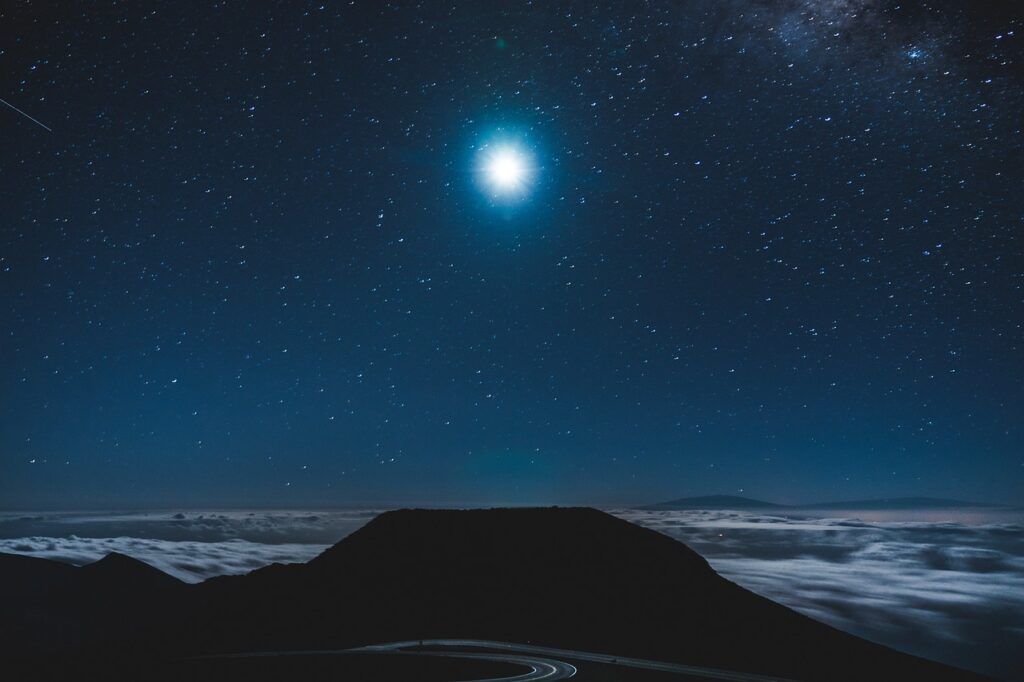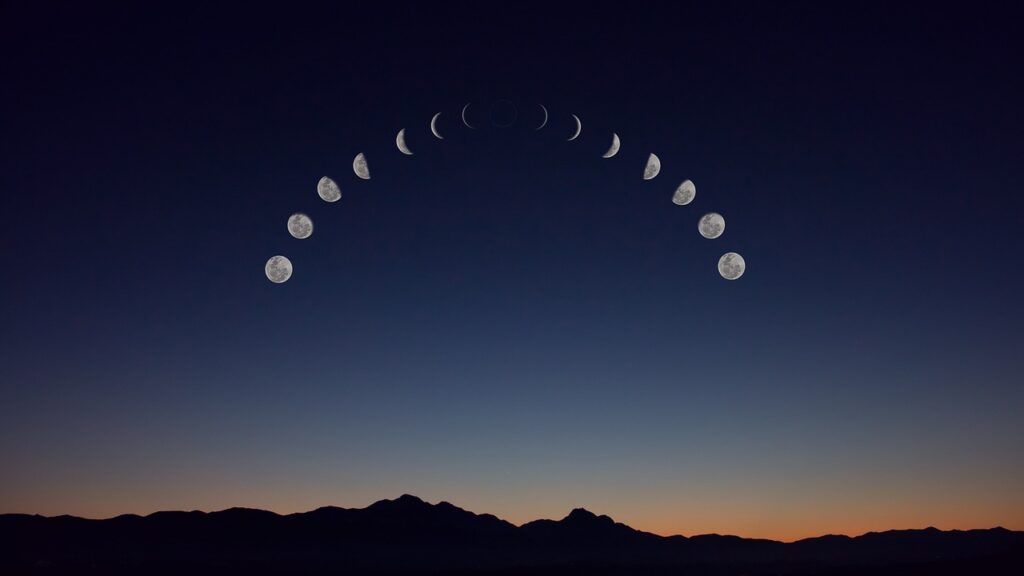After the sun, in the cosmic order of the Incas, there was the Moon – Killa.
We have no information about the knowledge our ancestors might have had to determine whether they knew that the Moon – Killa was a satellite of our planet.
What is very clear is that they saw it as the wife and companion of the sun. They also believed that it was the progenitor of all the stars and that they were at its service.
This second level in the celestial order was due to the fact that the Moon Killa, which does not have the same brightness as the sun, only governed the night.

In the world of the Incas, the sun was represented with gold, and the moon corresponded to the second precious metal: SILVER. This corresponded with the sunlight and the bright white of the moon.
However, the most valuable aspect of this cosmology is that the Moon – Killa was the personification of Mother Earth Pachamama (A reminder that you can take a look at the blog where we explain a bit more about “What is Pacha“), the soil that provides us with the elements through which agriculture thrives.
Therefore, the presentation of phases in its constant movement across the celestial sphere served to create a primordial calendar that guided their agricultural activities.
In the Andean world, an agricultural schedule that does not reference the lunar phases for both planting and harvesting is inconceivable. Despite its precision, the solar calendar alone does not determine agricultural tasks.
Farmers must consider the moon’s phase to decide whether it is favorable or adverse. Only then can they begin planting to harness the moon’s influence.
For example, if llamas mated during a new moon, the offspring would be female, whereas mating during a full moon would result in male offspring. This practice remains common today.

To complement other aspects related to the importance of the Moon – Killa, it is important to know that during the time of the Incas, it was prohibited to perform manual or productive activities at night. The Incas reserved the night for resting after the intense daily work.
Even in warfare, they halted combat actions at night and resumed them the next day out of respect for Mama Killa.
Phases of Mama Killa
The lunar phases have many names, depending on how the Moon-Killa gradually reveals a larger visible surface.

Waxing moon
It goes from the appearance of the moon on the western horizon to 7 days after the New Moon phase.
They call it: K’ata Killa, Musuq Killa, and Llullu Killa.
Three names for three specific moments of the lunar figure’s growth in the sky.
First quarter
It has two names: Chaupi Killa and Killa Wiñariy.
Farmers favor this stage and find it suitable for planting all crops, particularly corn, vegetables, and any plant that grows above ground.
Full moon
There are three names for it: Hunt’a Killa, Killa Pura, or Paqas Killa.
During these days, potatoes are not planted because tradition dictates that they would produce small and tasteless potatoes.
Waning moon:
It also has three names: Qhasqakuy Killa, Allaq Killa, and Wañumariq Killa.
During this period, farmers favor planting tubers and harvesting, but only until the moon is visible as a thin crescent. It is believed that this time is suitable for planting all plants that produce their fruits underground, such as potatoes, sweet potatoes, yams, and others.
In Inca times, Martín de Murúa chronicled that the waning moon held special importance because people conducted sacrifices in Cusco at the Temple of the Sun, dedicating them to three sacred entities associated with thunder, lightning, and the sun.
New moon
It is called Wañuq Killa or dead moon.
These are the days when its proximity to the sun makes it invisible. During these days, nothing is planted because it is believed that any seed will either die in the ground or fail to produce any fruit.
In the ritual calendar, the moon plays an important role.
Nowadays, people celebrate the Qoyllurit’i festival on the full moon, and during the Sun Salutation ceremony the following day, the two Andean deities must be in the sky, occupying their positions at the eastern and western extremes of the sky.

References:
- Candia M, C; Del Solar, M y Iwaki O, R. (1994). Altar Inka del Ccorik’ancha. Cuadernos Andinos Nº10.
- Salazar Garcés, E. (2014). Astronomía Inka. Arqueoastronomía & Etnoastronomía. Colección Enigmas dl Antiguo Perú. Museo Andrés del Castillo.



